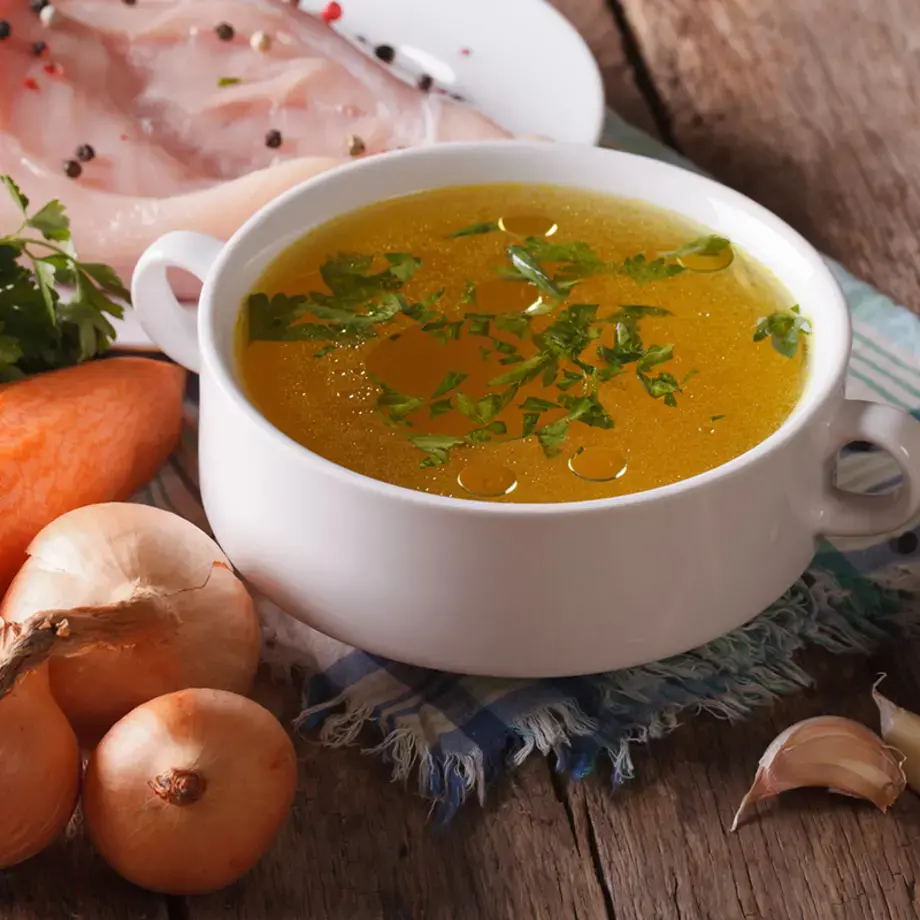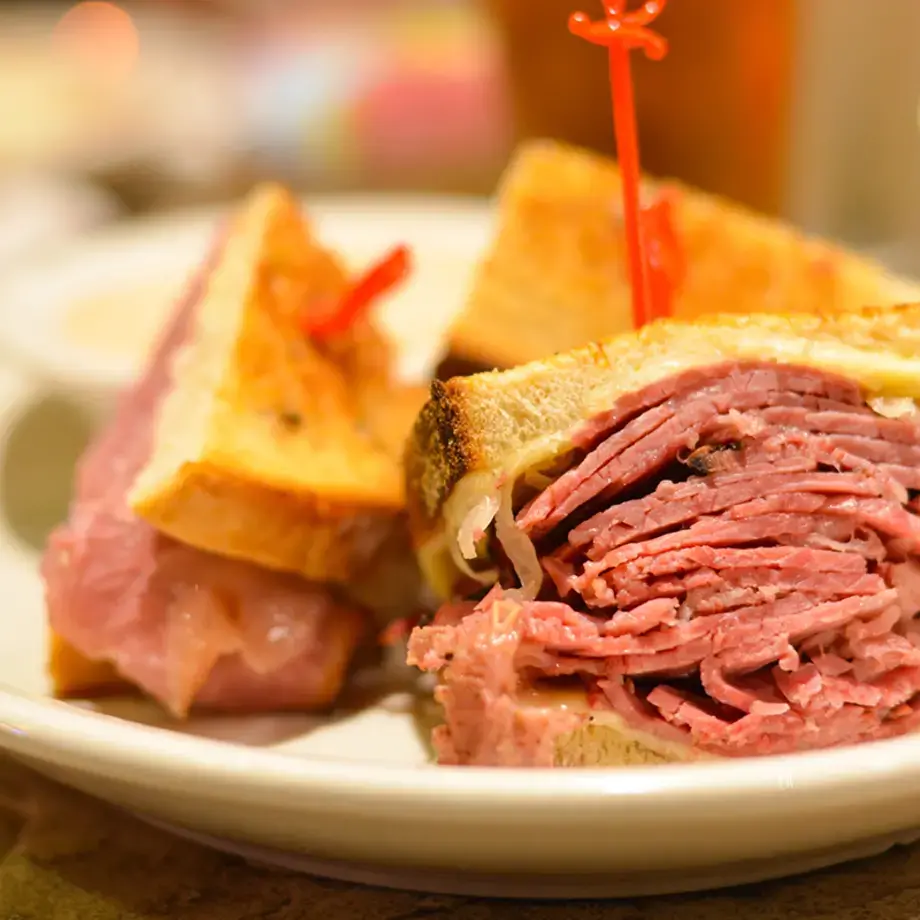Banana Passionfruit Recipes
Banana passionfruit is a very popular fruit in parts of South America. In Colombia, where it is called curuba, it is used in fruit and milk-based beverages, made into cocktails or nonalcoholic drinks.
A drink called sorbete de curuba for example, is usually made by blending the pulp with milk, sugar and water. Here is our version of it below, for one serving:
- pulp of two banana passionfruits
- a cup of milk
- a tablespoon of fresh cream
- a tablespoon of condensed milk
- some ice cubes
Mix everything in a blender until smooth and sweeten with sugar if necessary. Try it also with milk alternatives, such as soy or almond milk.
The acidity of banana passionfruit works well for desserts also, especially in ice cream, or helado de curuba. Helado is known to have a consistency similar to Italian gelato, as opposed to American ice cream.
Where Can You Find Banana Passionfruit?
Banana passionfruit is native to the Andes, encompassing the high altitude areas of Colombia, Peru, Ecuador, Venezuela and Bolivia. However, it is also found in Hawaii, New Zealand and Australia.
In these latter countries, outside of its native environment, the banana passionfruit is considered an invasive pest plant largely because of its growing habits. The banana passionfruit grows rapidly and its vines can reach up to seven metres, often climbing to the top of a canopy. It smothers the host tree by sending out its tendrils laterally, thereby blocking any chance of sunlight for the tree.
In New Zealand for example, there have been found large infestations in Otago and in Southland, and is classed as a “risk management plant”. The sale, cultivation and distribution of the plants is illegal in New Zealand.









